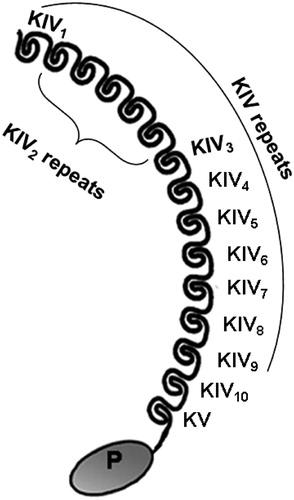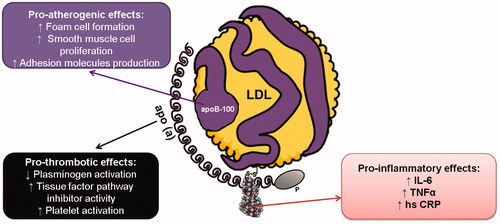Figures & data
Table 1. Overview of studies with lipid-lowering drugs and their effect on lipoprotein(a).
Table 2. Overview of studies with nonlipid-lowering drugs and their effect on lipoprotein(a).


